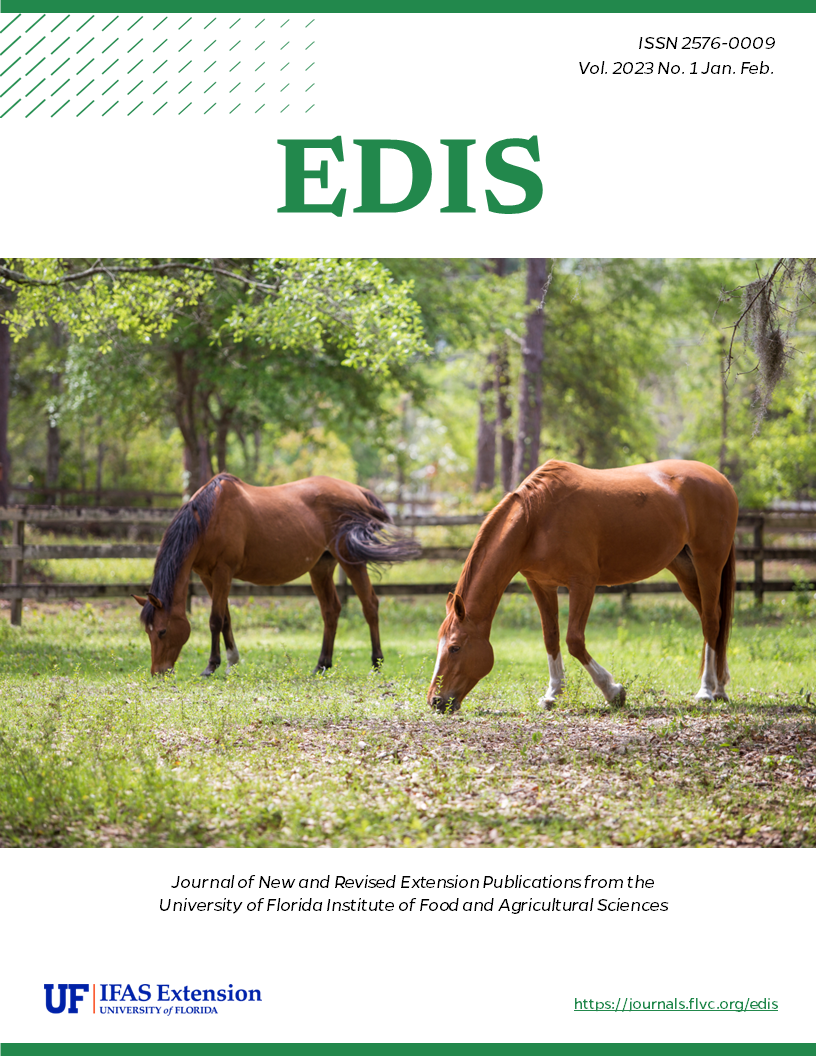Abstract
Every year in the United States, numerous horses are found to be positive for equine piroplasmosis (EP). Most cases occur in Florida and the Southern United States, and most transmission occurs through needle sharing and contaminated blood products. EP is considered a foreign animal disease in the U.S., and suspect or confirmed cases of EP require notification from state and federal animal health officials. All horses imported to the United States must be tested for EP before release from quarantine. The recent rise in EP cases in the U.S. underscores the importance of early recognition and prevention. This article reviews the clinical signs, transmission, and prevention strategies for EP in horses.
References
Equine Piroplasmosis. American Association of Equine Practitioners (AAEP) Disease Guidelines. 2022. www.aaep.org
USDA-APHIS Equine Piroplasmosis: https://www.aphis.usda.gov/aphis/ourfocus/animalhealth/animal-disease-information/equine/ep/equine-piroplasmosis

